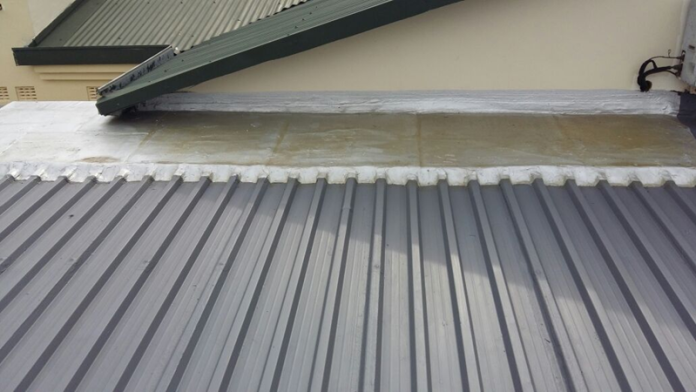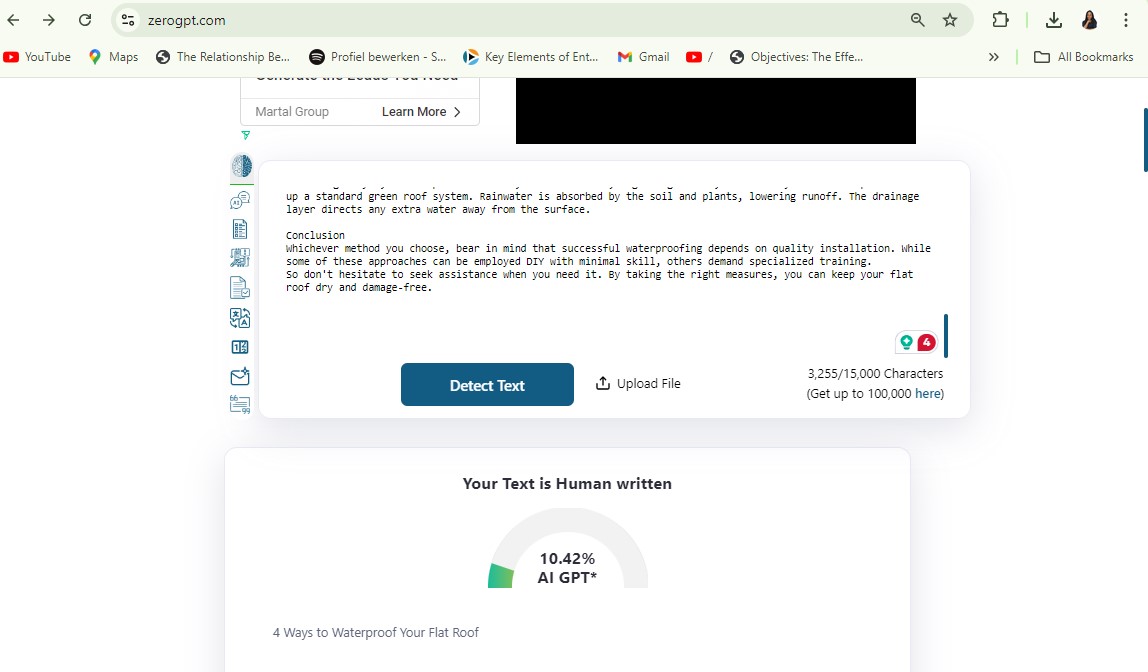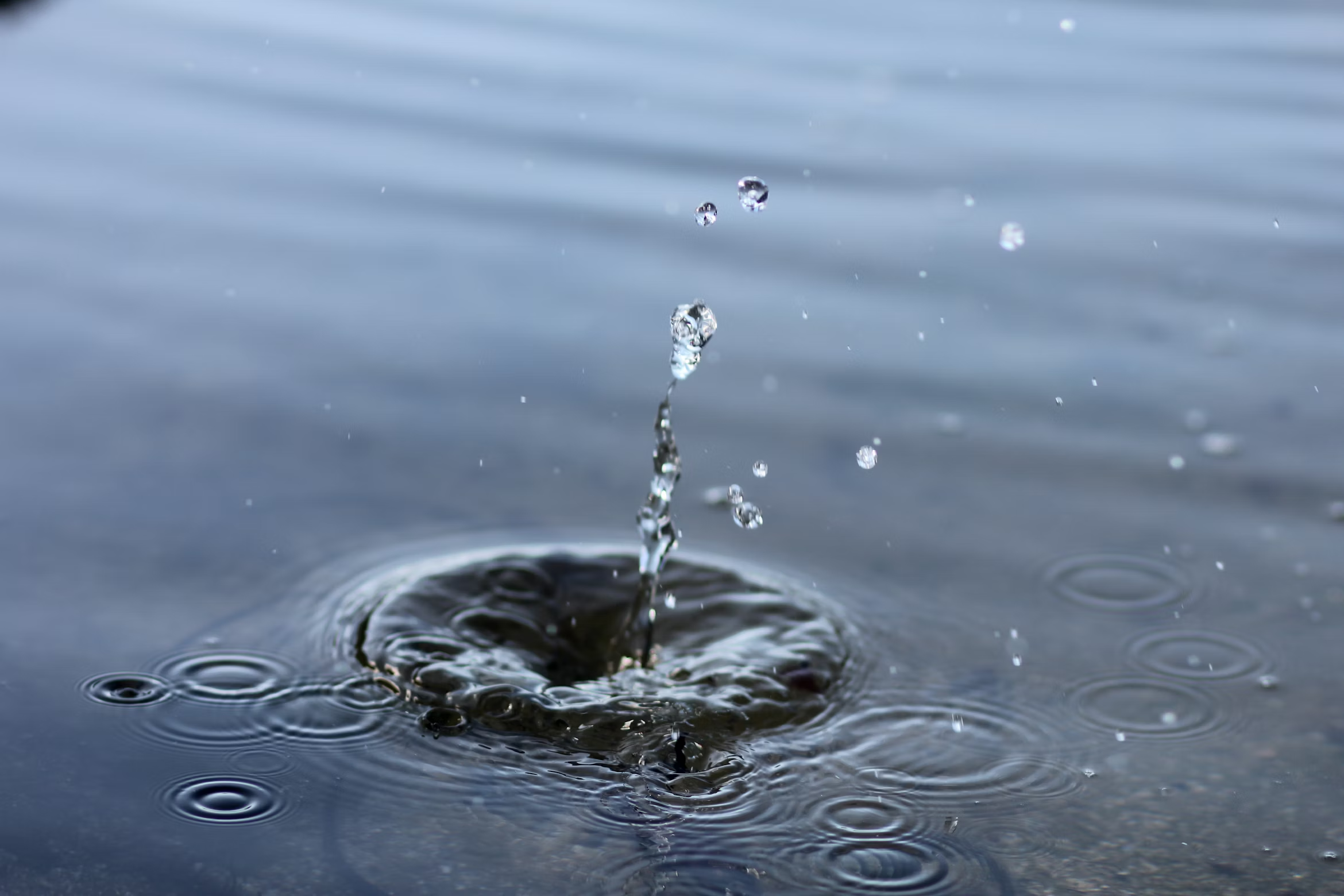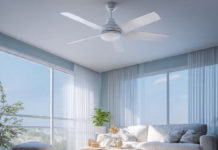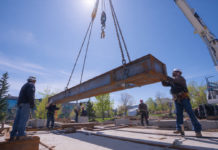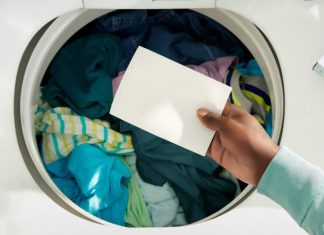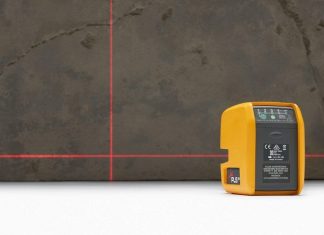Even though they are sleek and contemporary, flat roofs can be problematic for water damage. Flat roofs don’t have gravity working in their favor to carry away rainwater as their sloped cousins do. They are therefore especially susceptible to leaks and water accumulation.
However, you can still maintain a dry flat roof with the viable strategy. If you are worried that your flat roof may fall apart with exposure to water, worry not. Let’s explore four practical ways to make your roof a waterproof fortress.
1. Embrace the Power of Membranes
Think of membranes as your roof’s raincoat. These thin, flexible sheets are laid over your existing roof to create a watertight barrier. Roof coating is another popular option in this category.
These liquid-applied membranes create a smooth, rubbery coating that adheres tightly to the surface of your roof. They are extremely effective at sealing small holes and crevices where water could otherwise flow through.
2. Build Up Your Defenses with Modified Bitumen
Modified bitumen functions similarly to the roofing armor plates. It’s a sturdy, multi-layered technology that blends rubber flexibility with asphalt durability. This technique comprises applying many layers of bitumen-soaked material to your roof, each of which adds to its water resistance.
While it’s a bit more labor-intensive than some other methods, modified bitumen offers excellent durability and can stand up to foot traffic better than many alternatives. It’s a solid choice for roofs that see regular maintenance visits or house mechanical equipment.
3. Get Foamy with Spray Polyurethane Foam (SPF)
Imagine giving your roof a warm, waterproof blanket. This is essentially what spray polyurethane foam does. This groundbreaking technology includes spraying liquid foam onto your roof, which then expands and hardens into a solid, seamless covering.
SPF not only waterproofs but also insulates, potentially leading to energy savings.
It is perfect for roofs with lots of penetrations or unique geometries because it can fit into any type of roof. To shield the foam from UV radiation and physical harm, a protective coating is usually applied to it.
Silicone Roof Coating Los Angeles specialists often recommend this method for its durability and energy-efficient properties. The city’s sunny climate makes the UV-resistant qualities of SPF particularly valuable.
4. Go Green with a Living Roof
A living roof is a great waterproofing option for the environmentally aware homeowner. These systems, often called green roofs, entail cultivating plants right on your roof. The layers hold the secret.
A drainage layer, a waterproof membrane, a root barrier, a growing medium, and finally the actual plants make up a standard green roof system. Rainwater is absorbed by the soil and plants, lowering runoff. The drainage layer directs any extra water away from the surface.
Conclusion
Whichever method you choose, bear in mind that successful waterproofing depends on quality installation. While some of these approaches can be employed DIY with minimal skill, others demand specialized training.
So don’t hesitate to seek assistance when you need it. By taking the right measures, you can keep your flat roof dry and damage-free.
